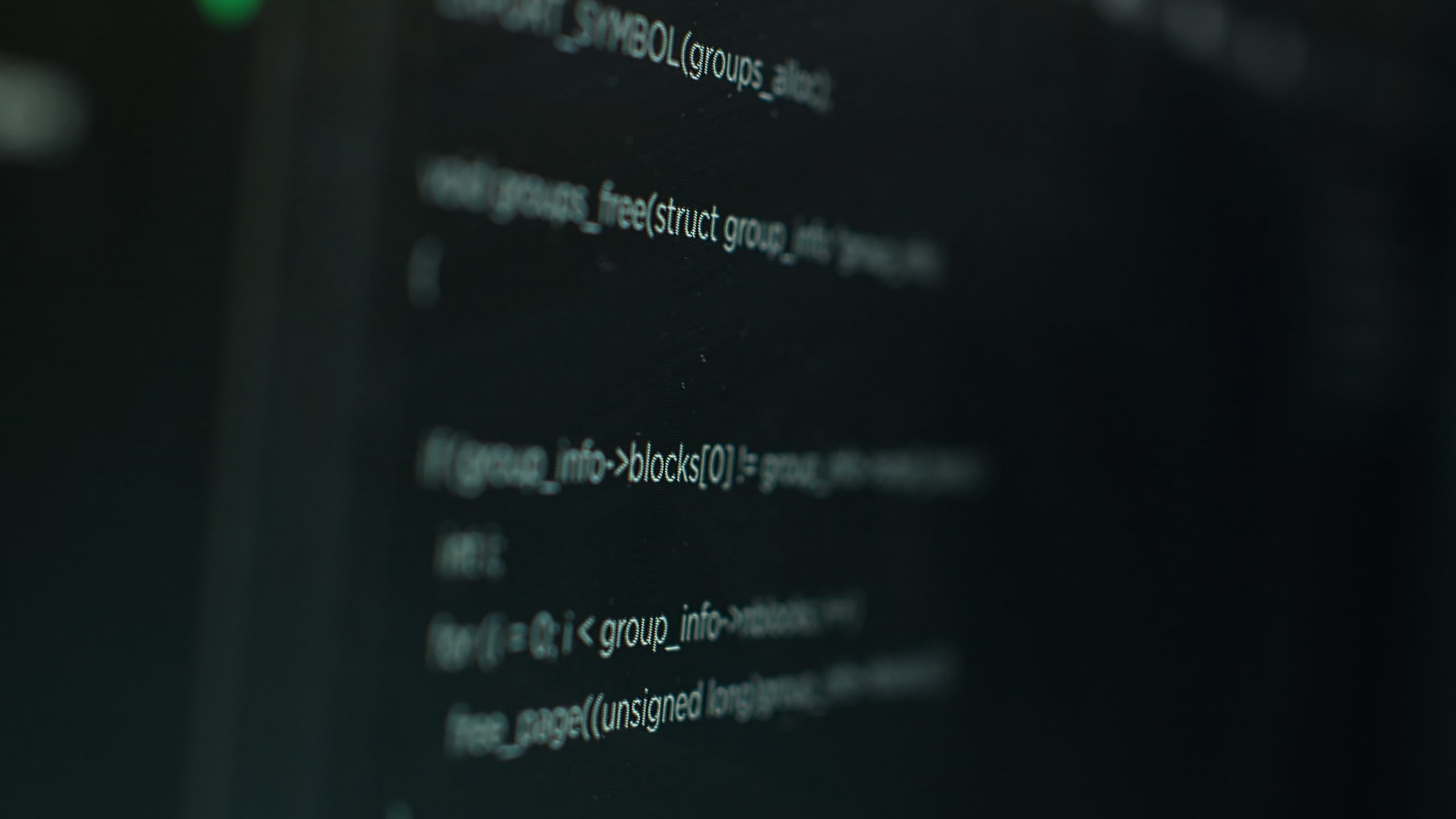The software development lifecycle (SDLC) is a structured process that guides development teams in creating excellent-quality software successfully and cost-effectively.
Explained:
Back-end vs
Front-end
Explained: Back-end vs Front-end
Link Copied
- August 26, 2022
In this day and age it is very common for many of us to have a thought about starting a career as a programmer. And the most common question is from which path to start: Front-end or Back-end? Today we separate programmers into 3 types: Front-end developers, Back-end developers, and full stack developers, which are the ones whose expertise involves both.

Front-end is fully concentrated on the visual aspects of the software product (website, mobile applications, SaaS) which in simple language can be said as building their design. To make it simpler, let’s bring a conditional experience from something known to everyone, like cars.To make it simpler let’s bring a conditional experience from something known to everyone, like cars. If conditionally, we take the car as a software product, then the front-end developer is responsible to build a design, which stands out, looks attractive rather than boring, and fits the customers needs. Starting from the body shape of the car ending up with the location of the side mirror and its color is fully done by the front-end developer, who builds it based on the specific requirements. So most of the reactions while seeing a Ferrari is front-end developer’s credit. Front-end developer is fully responsible for the visual appearance of the product and he tries to make it attractive, user-friendly, interactive etc. But, just building the body of the car will not make the car function as we want it to. And here comes the back-end developer.

Back end development is concentrated on how things function and with which logic they are connected. Back-end adds matter to design so they operate together for specific purpose and besides being visually attractive, they can make some actions.
In our conditional case with the car, the back-end builds the whole engine, transmission, suspension, steering, electrics etc. and connects them in their functionalities so they can act together and the car will drive eventually. This is the picture that is hidden from the visual perspective, and to see and feel it, it is necessary to get inside. Based on the back-end, we can understand how functional our product is with its features, how well it operates, and how everything works together. In the car case based on its inner parts and connections, we define the horsepower, engine torque, acceleration, maximum speed, fuel consumption, turning angle, braking etc. based on which we the quality of the car. So the front-end is responsible for how things look, and the back-end how things co-function. There is a popular beginner question which is more important from these two, and I am strongly convinced that they both are equally important. Besides being equally important, in one product, they should also cooperate with each other requirements to represent a quality product. In the car case, for instance, if you have the best engine and the most attractive car body, no one cares about the final car if the engine doesn’t fit under the hood.
Related Articles
Understanding SDLC Phases And Common Challenges in 2024
The software development lifecycle (SDLC) is a structured process that guides development teams in creating excellent-quality software successfully and cost-effectively.
Enhance Database Efficiency
This article discusses performance bottlenecks in databases and software services, explaining the issues and how to find and fix them.



